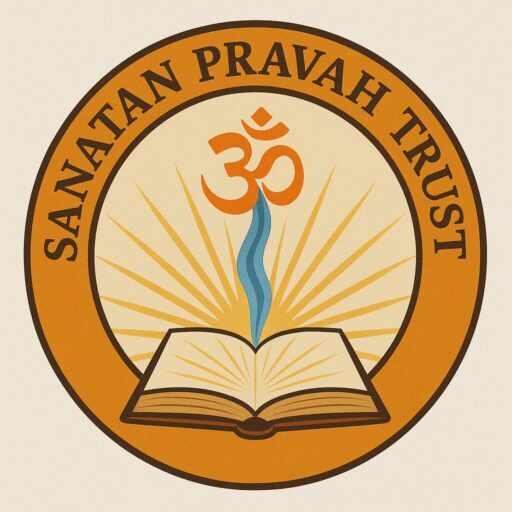The Importance of Chaturmas in Ayurveda
Ayurveda, the ancient system of Indian medicine, emphasizes not just the treatment of diseases but also the preservation of overall health, harmony, and a balanced way of life. A key principle in Ayurveda is the alignment of one’s lifestyle, diet, and behavior with the natural rhythms of the seasons. Among these seasonal phases, Chaturmas—the four holy months—holds special significance. This period is considered highly suitable for harmonizing the body, mind, and spirit.
Meaning of Chaturmas:
The term Chaturmas literally means “four months,” referring to the period that includes the Hindu lunar months of Shravan, Bhadrapad, Ashwin, and Kartik. This time spans the monsoon and early autumn seasons. According to religious belief, Lord Vishnu enters a state of Yog Nidra (divine slumber) during this period, resting on the celestial serpent Sheshnag in the ocean of milk (Kshir Sagar), and awakens after four months.
Significance of Chaturmas in Ayurveda:
From an Ayurvedic perspective, Chaturmas is a highly sensitive and transformative time for the human body. Due to seasonal changes, the risk of toxin accumulation (including imbalances of vata, pitta, and kapha) increases if diet and lifestyle are not properly managed. This period is ideal for detoxification, energy restoration, and preventive healthcare. Ayurveda teaches that through mindful eating, disciplined routines, and the practice of yoga and meditation during Chaturmas, one can strengthen immunity and guard against chronic illnesses.
Scientific Basis of Chaturmas in Ayurveda
The seasonal transition during Chaturmas is scientifically significant. The increased humidity and cooling atmosphere during the monsoon weaken digestion and can lead to the contamination of food and air. Sedentary behavior and irregular eating habits during this time further contribute to the build-up of toxins (ama) in the body, leading to various ailments.
Ayurveda recommends fasting, detoxification, and self-restraint during this season to support the body’s natural cleansing mechanisms. These practices help regulate body temperature, maintain digestive strength (agni), and boost immunity.
Dietary Practices during Chaturmas:
- Eat light, warm, and easily digestible foods.
- Favor bitter, astringent, sweet, and mildly spicy tastes.
- Avoid deep-fried, heavily spiced, oily, and overly sweet dishes.
- Include green vegetables (except during Shravan), pulses, barley, wheat, carrots, radish, and sweet potatoes.
- Fruits with a balanced sweet-sour taste are ideal.
- Warm milk with turmeric, herbal teas, and spices like ginger are recommended.
Water and Air Hygiene during Chaturmas:
- Due to increased moisture, kapha dosha may accumulate. Maintain a dry, clean, and airy environment.
- Ensure water is purified and fresh, as waterborne illnesses are more common during this time.
Ayurvedic Supplements during Chaturmas:
- Herbs such as Trikatu, Ashwagandha, Tulsi, Ginger, Turmeric, and Amla (Amlaki) help detoxify and balance the doshas.
- Incorporate Ayurvedic formulations based on individual body constitution (prakriti).
Prohibited Items during Chaturmas:
- Avoid non-vegetarian foods, fried and spicy dishes, excessive sweets, cold drinks, and ice cream.
Fasting and Panchakarma:
This is an ideal time for Ayurvedic detox therapies such as Panchakarma, which cleanse the body of toxins and rejuvenate internal systems. Fasting, done correctly, improves digestion, boosts energy, and enhances mental clarity. These practices align the body with natural rhythms and increase disease resistance.
Chaturmas and the Doshas:
Ayurveda emphasizes balancing the three doshas—vata, pitta, and kapha. During Chaturmas:
- Kapha tends to increase, leading to heaviness, lethargy, and respiratory issues.
- Vata can rise in dry and windy conditions, causing restlessness, insomnia, and joint problems.
Proper sleep, hydration, warm and light foods, and calming routines are essential to maintain doshic balance and promote overall well-being.
Spiritual and Mental Dimensions of Chaturmas:
Ayurveda is not only a physical science but also a spiritual and psychological system. Chaturmas is a period for inner purification, reflection, and transformation. It encourages the regular practice of:
- Meditation
- Pranayama (breath control)
- Yoga and self-study
These practices help calm the mind, reduce stress, and generate positive prana (energy). It is a sacred time to reconnect with the soul, examine one’s thoughts and actions, and align with dharma (righteous living).
